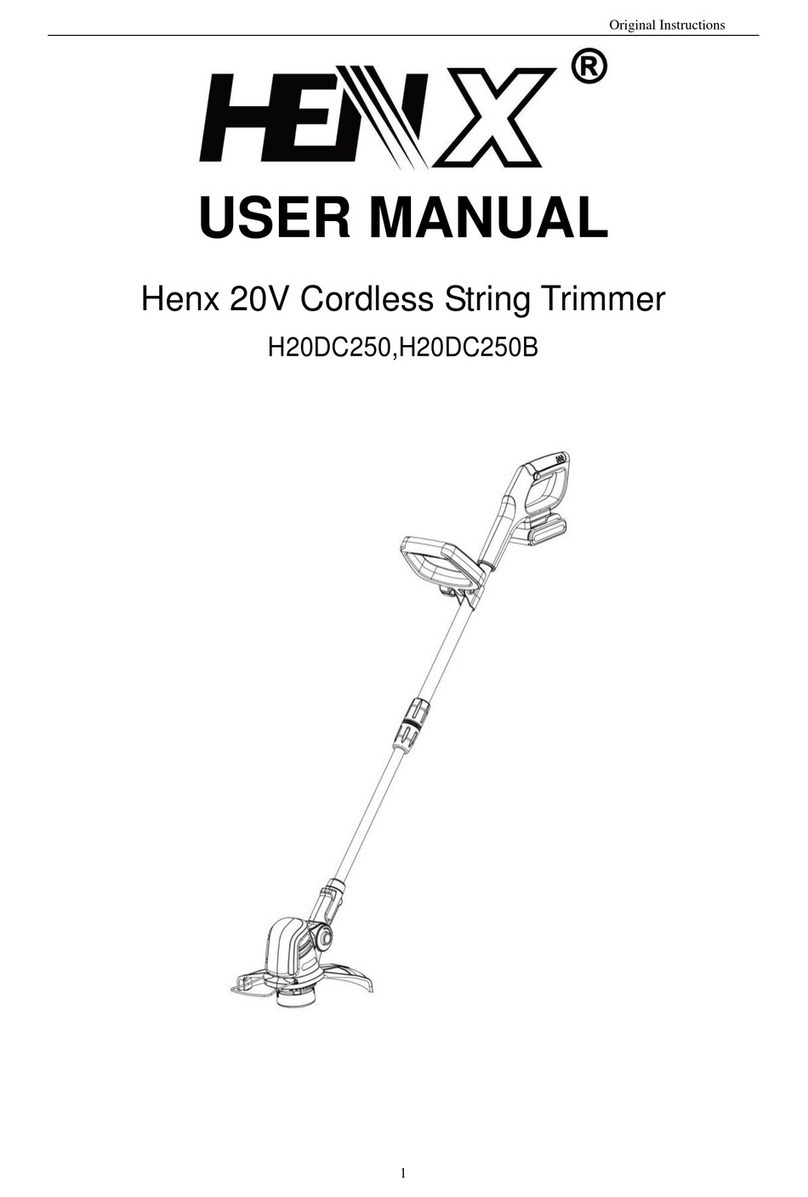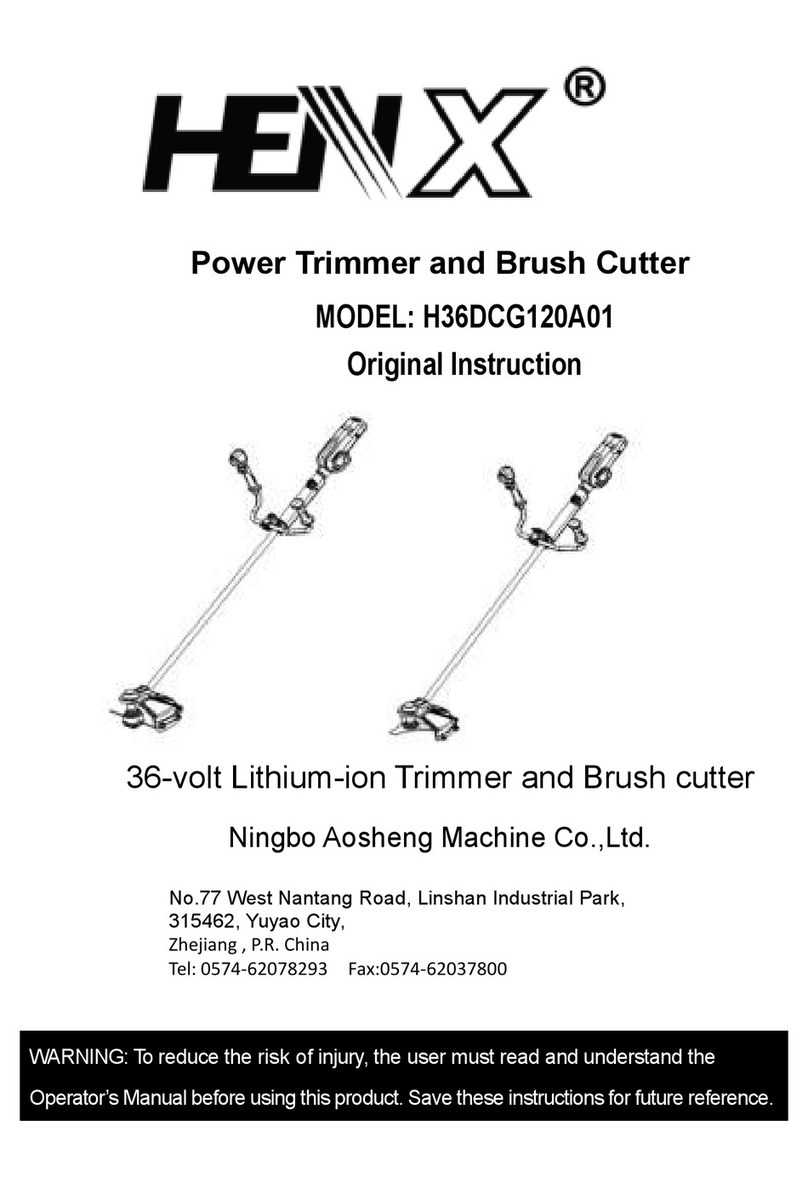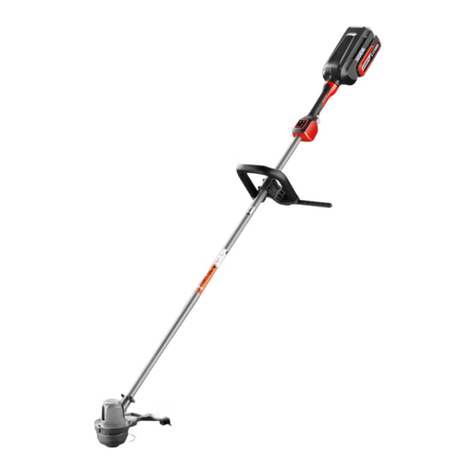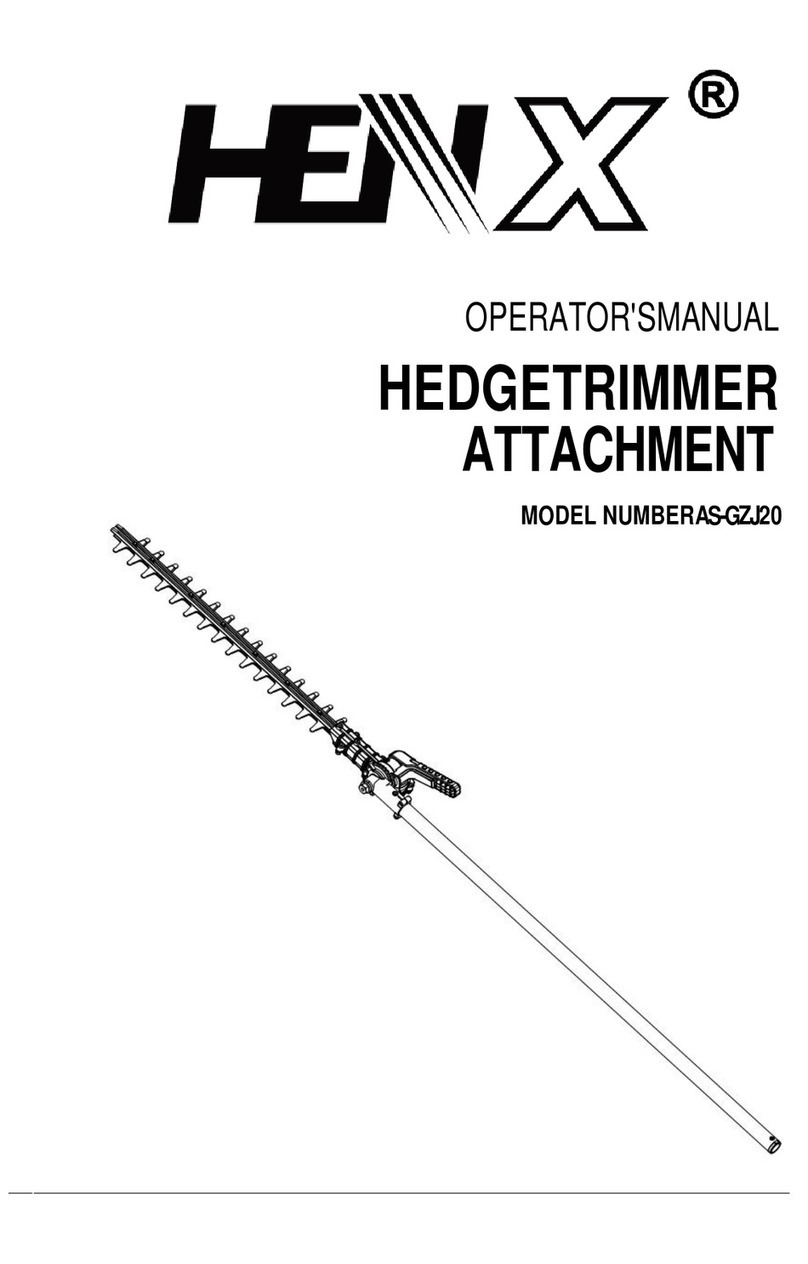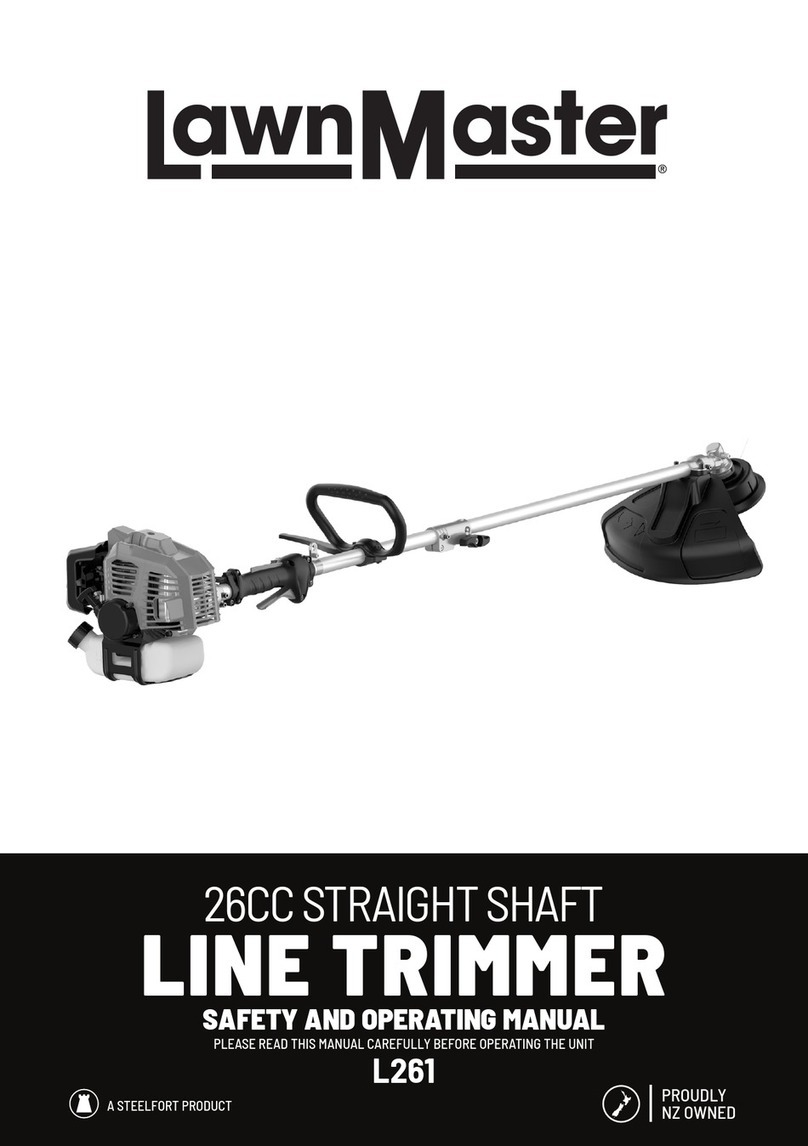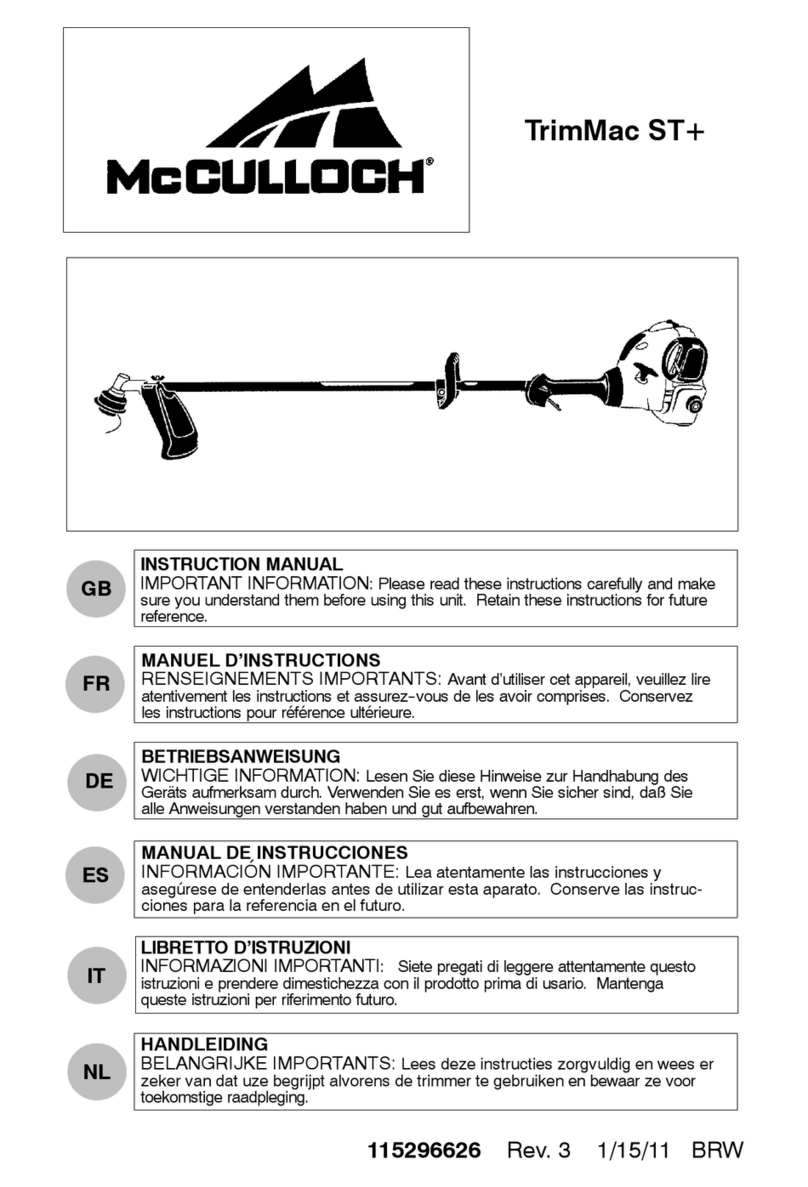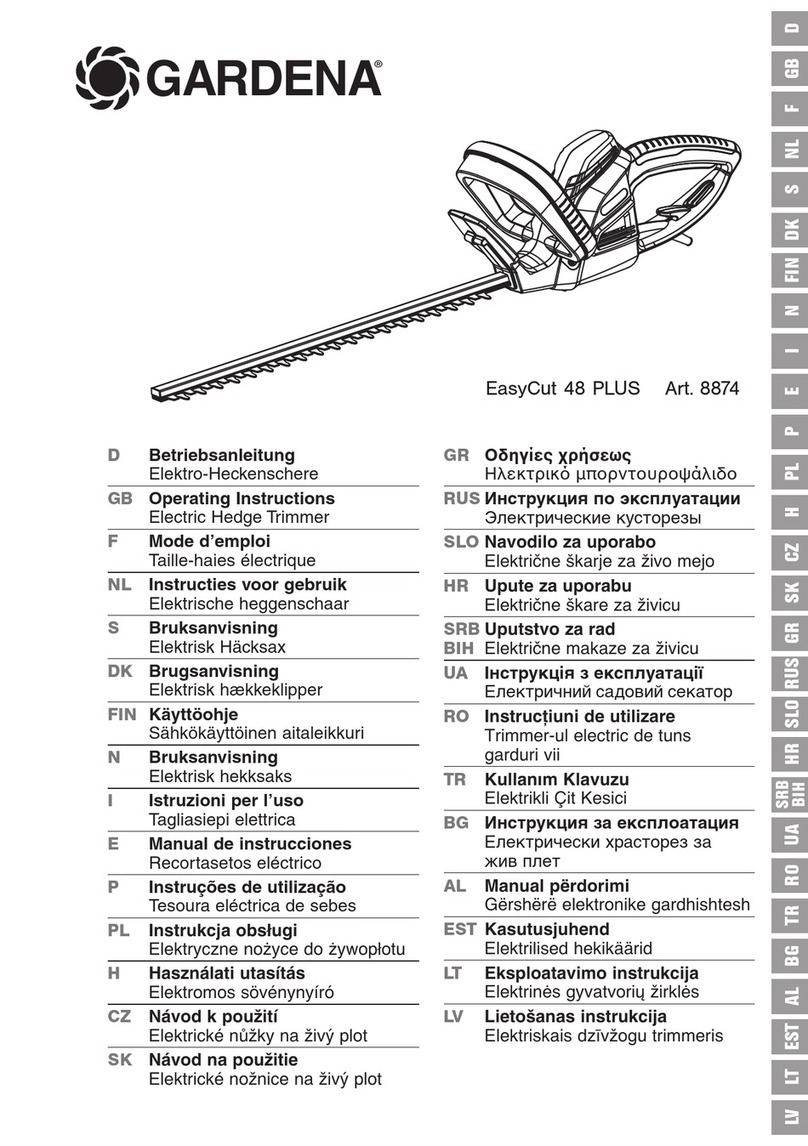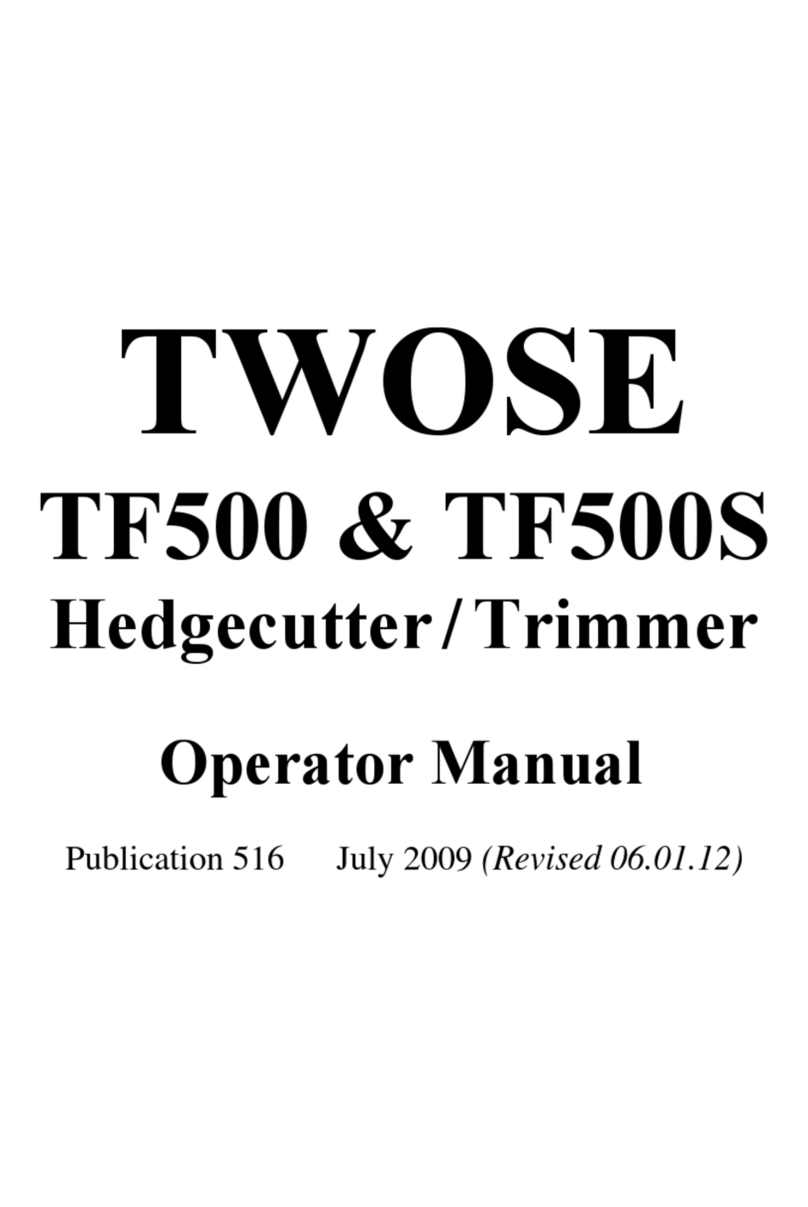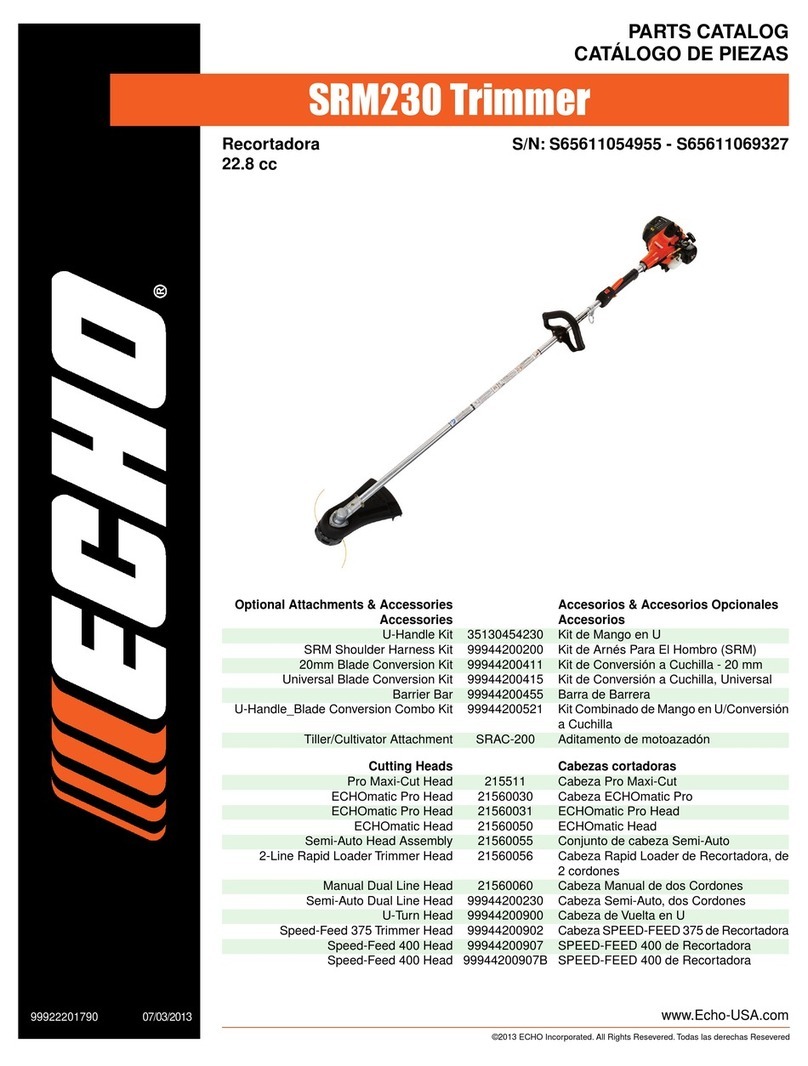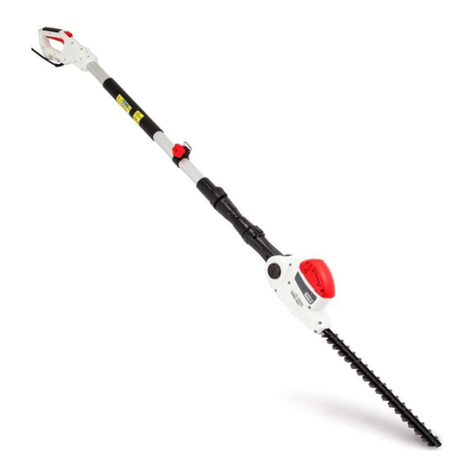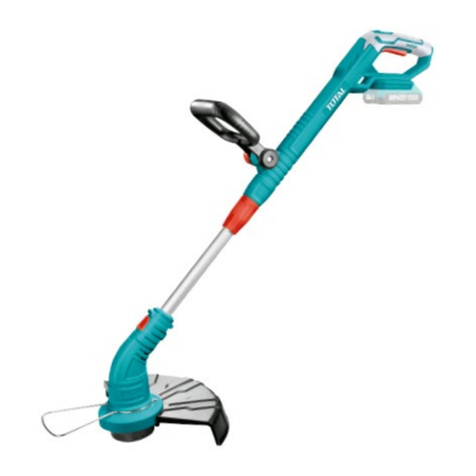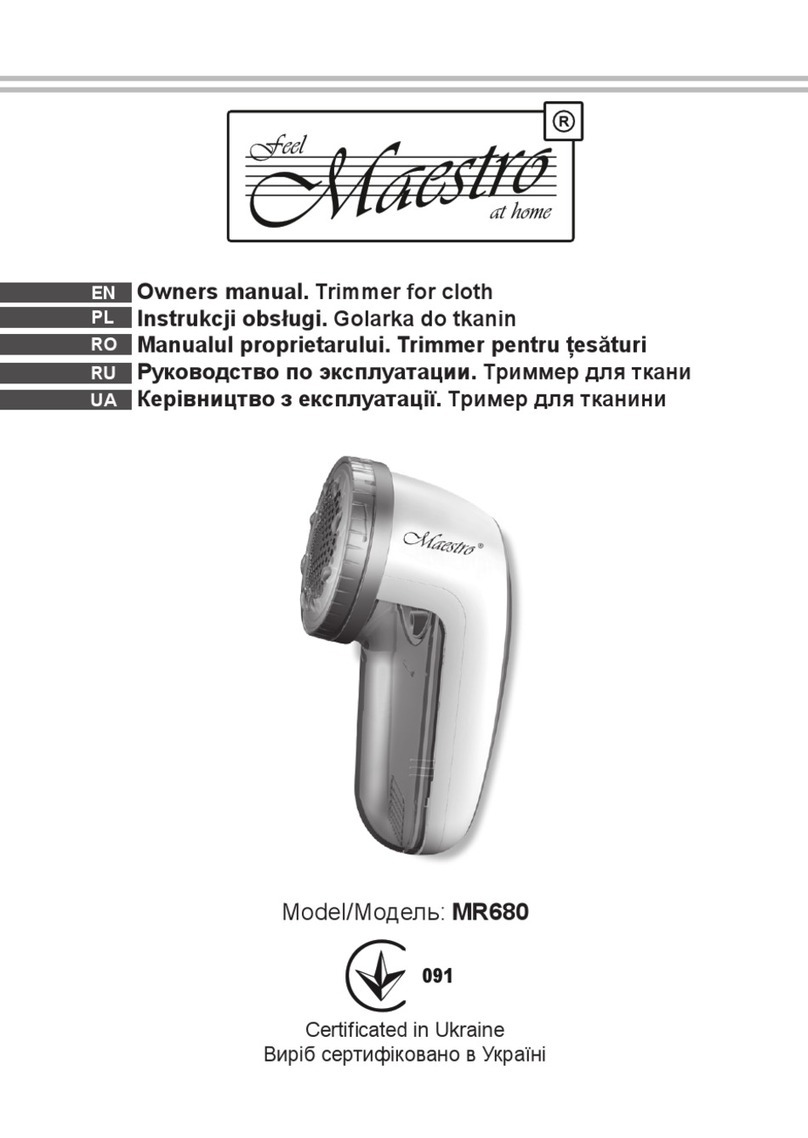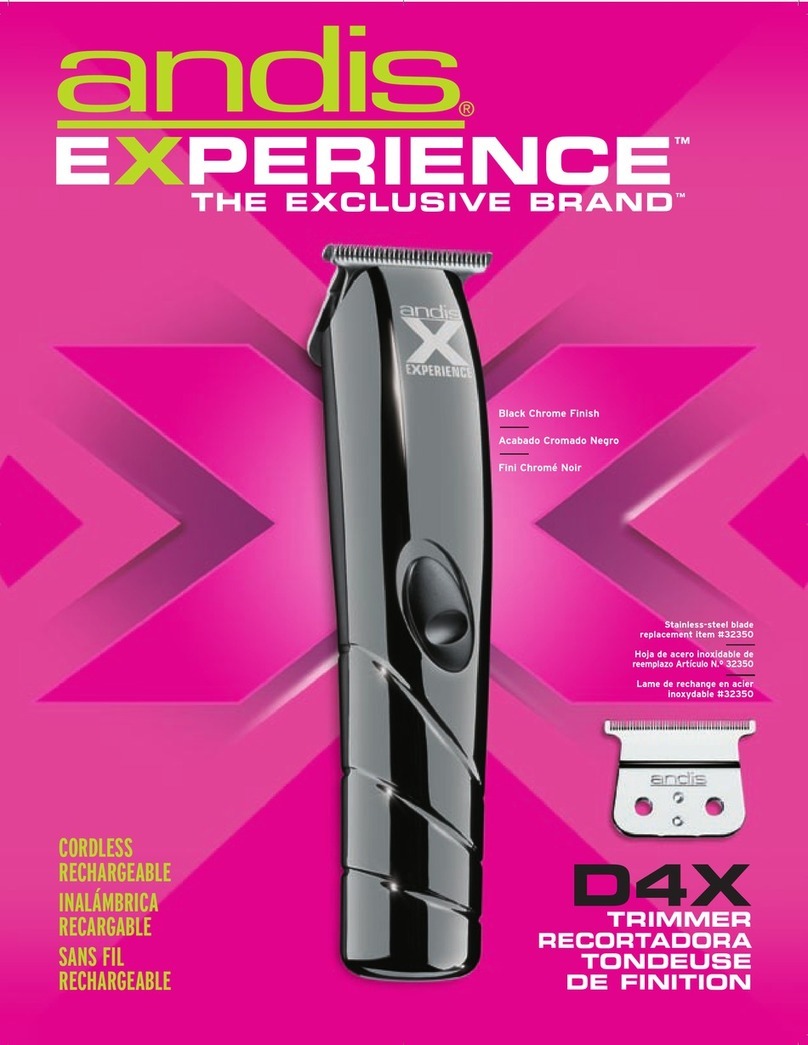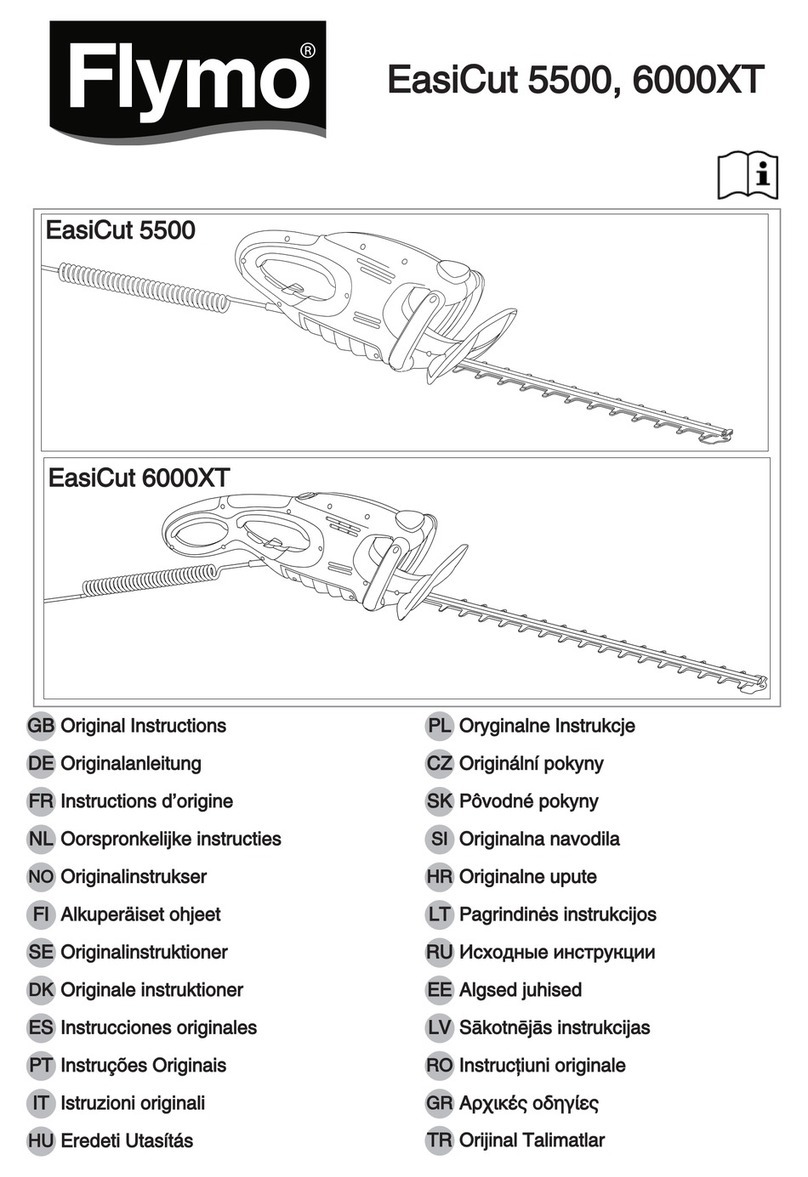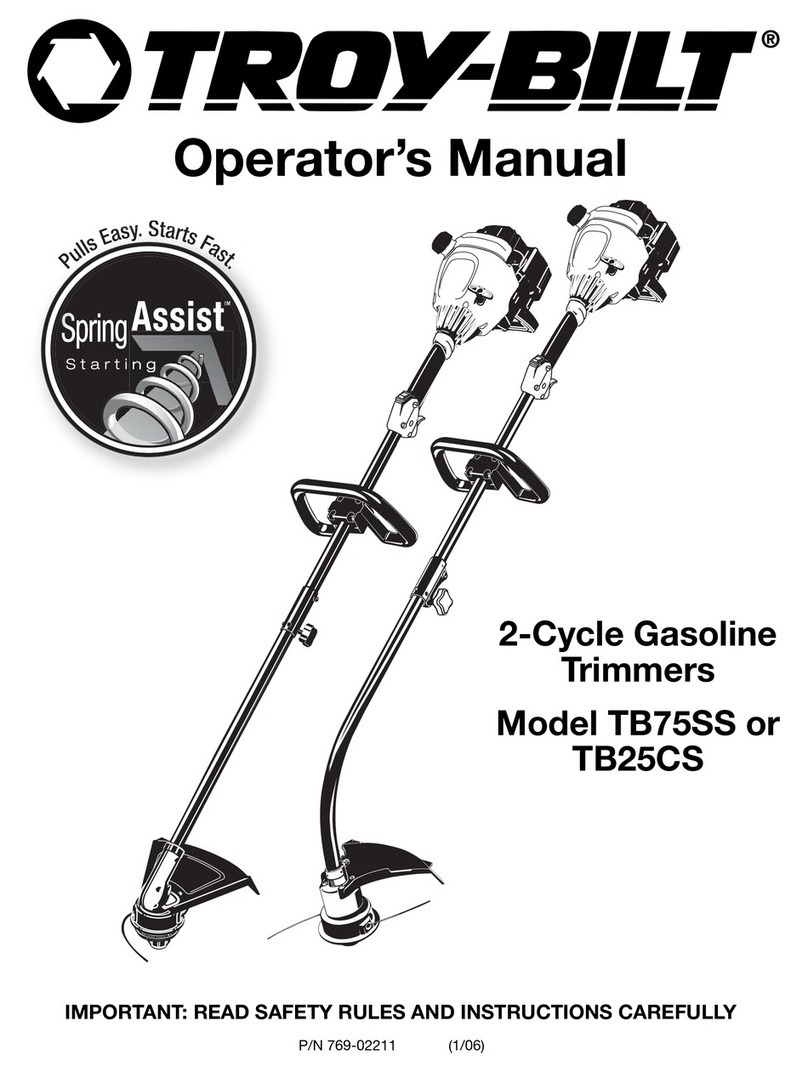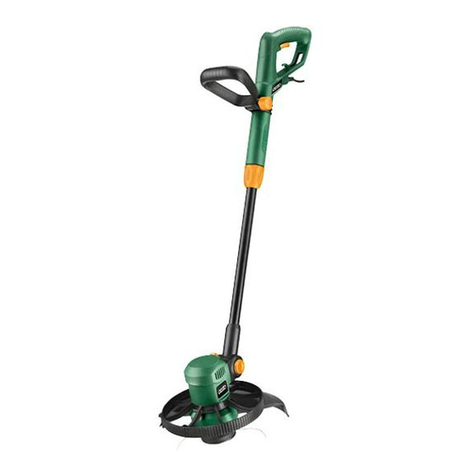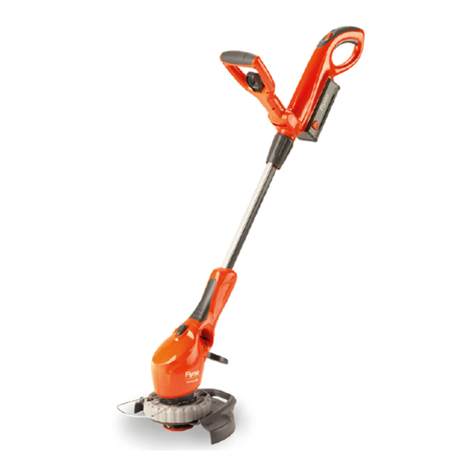HENX H20XZ20-L Product information sheet

GB
Table of contents
Before you begin…...................................................................................................................................................3
For your safety..........................................................................................................................................................4
Your appliance at a glance................... ...................................................................................................................7
Operation...................................................................................................................................................................7
Cleaning and maintenance.......................................................................................................................................8
Storing, transport......................................................................................................................................................8
Faults and remedial measures.................................................................................................................................9
Disposal.....................................................................................................................................................................10
Technical data............................................................................................................................................................14

GB
Before you begin…
Intended use
The appliance is intended exclusively for trimming hedges and bushes in the open air.
This appliance is intended for use on private properties only.
This product is not intended for commercial use. Generally acknowledged accident prevention regulations and
enclosed safety instructions must be observed.
Only perform work that is described in these operating instructions. Any other use is improper. The manufacturer will
not assume responsibility for damage resulting from misuse.
What are the meanings of the symbols used?
Danger notices and information are clearly marked throughout these instructions for use. The following symbols are
used:
These symbols identify the required personal protection equipment:
For your safety
General safety instructions
•Tooperate this device safely, the user must have read and understood these instructions for use before using
the device for the first time.
•If you sell or pass the device on, you must also hand over these operating instructions.
DANGER! Direct danger to life and risk of injury! Directly dangerous situations that may
lead to death or severe injuries.
WARNING! Probable danger to life and risk of injury! Generally dangerous situations that
may lead to death or severe injuries.
CAUTION! Possible risk of injury! Dangerous situations that may lead to injuries.
NOTICE! Risk of damage to the device! Situation that may lead to property damage.
Note:Information to help you reach a better understanding of the processes involved.

GB
General power tool safety warnings
•Save all warnings and instructions for future reference. The term power tool in the warnings refers to
your mains-operated (corded) power tool or battery-operated (cordless) power tool.
Work area safety
•Keep the work area clean and well lit. Cluttered and dark areas invite accidents.
•Do not operate power tools in explosive atmospheres, such as in the presence of flammable liquids,
gases or dust. Power tools create sparks which may ignite the dust orfumes.
•Keep children and bystanders away while operating a power tool. Distractions can cause you to lose
control.
Electrical safety
•Power tool plugs must match the outlet. Never modify the plug in any way. Do not use any adapter
plugs with earthed (grounded) power tools. Unmodified plugs and matching outlets will reduce risk of
electric shock.
•Avoid body contact with earthed or grounded surfaces such as pipes, radiators, ranges and
refrigerators. There is an increased risk of electric shock if your body is earthed or grounded.
•Do not expose power tools to rain or wet conditions. Water entering a power tool will increase the risk of
electric shock.
•Do not abuse the cord. Never use the cord for carrying, pulling or unplugging the power tool. Keep
cord away from heat, oil, sharp edges or moving parts. Damaged or entangled cords increase the risk of
electric shock.
•When operating a power tool outdoors, use an extension cord suitable for outdoor use. Use of a
cord suitable for outdoor use reduces the risk of electric shock.
•If operating a power tool in a damp location is unavoidable, use a residual current device (RCD)
protected supply. Use of an RCD reduces the risk of electric shock.
Personal safety
•Stay alert, watch what you are doing and use common sense when operating a power tool. Do not
use a power tool while you are tired or under the influence of drugs, alcohol or med- ication. A
moment of inattention while operating power tools may result in serious personal injury.
•Use personal protective equipment. Always wear eye protection. Protective equipment such as dust
masks, non-skid safety shoes, hard hats, or hearing protections used for appropriate conditions will reduce
personal injuries.
•Prevent unintentional starting. Ensure the switch is in the off-position before connecting to the
power source and/or battery pack, before picking up or carrying the tool. Carrying power tools with
your finger on the switch or energizing power tools that have the switch on invites accidents.
•Remove any adjusting key or wrench before turning the power tool on. A wrench or a key left
attached to a rotating part of the power tool may result in personal injury.
•Do not overreach. Keep proper footing and balance at all times. This enables better control of the
power tool in unexpected situations.
•Dress properly. Do not wear loose clothing or jewellery. Keep your hair, clothing and gloves away
from moving parts. Loose clothes, jewellery or long hair can be caught in moving parts.
•If devices are provided for the connection of dust extraction and collection facilities, ensure these
are connected and properly used. Use of these devices can reduce dust-related hazards.
Power tool use and care
•Do not force the power tool. Use the correct power tool for your application. The correct power tool
will do the job better and safer at the rate for which it was designed.
•Do not use the power tool if the switch does not turn it on and off. Any power tool that cannot be
controlled with the switch is dangerous and must be repaired.
•Disconnect the plug from the power source and/or the battery pack from the power tool before
making any adjustments, changing accessories, or storing power tools. Such preventive safety
measures reduce the risk of starting the power tool accidentally.
•Store idle power tools out of the reach of children and do not allow persons unfamiliar with the
power tool or these instructions to operate the power tool. Power tools are dangerous in the hands
WARNING! Read all safety warnings and all instructions. Failure to follow the warnings and
instructions may result in electric shock, fire and/or serious injury.

GB
of untrained users.
•Maintain power tools. Check for misalignment or binding of moving parts, breakage of parts and any
other condition that may affect the power tool’s operation. If damaged, have the power tool repaired
before use. Many accidents are caused by poorly maintained power tools.
•Keep cutting tools sharp and clean. Properly maintained cutting tools with sharp cutting edges are
less likely to bind and are easier to control.
•Use the power tool, accessories and tool bits etc. in accordance with these instructions, taking into
account the working conditions and the work to be performed. Use of the power tool for operations
different from those intended could result in a hazardous situation.
Battery tool use and care
•Recharge only with the charger specified by the manufacturer. A charger that is suitable for one
type of battery pack may create a risk of fire when used with another battery pack.
•Use power tools only with specifically designated battery packs. Use of any other battery packs may
create a risk of injury and fire.
•When the battery pack is not in use, keep it away from other metal objects, like paper clips, coins,
keys, nails, screws or other small metal objects, that can make a connection from one terminal to
another. Shorting the battery terminals together may cause burns or a fire.
•Under abusive conditions, liquid may be ejected from the battery; avoid contact. If contact
accidentally occurs, flush with water. If liquid contacts eyes, additionally seek medical help. Liquid
ejected from the battery may cause irritation or burns.
•Do not open the rechargeable battery. The rechargeable battery can be damaged by improper
handling.
•Do not expose the rechargeable battery to heat, fire, water and humidity. There is a danger of
explosion.
•Vapors may escape in case of damage or improper use of the rechargeable battery. Provide good
ventilation and seek medical assistance in case any symptoms occur. The vapors can irritate your
respiratory tract and cause illness.
•Never attempt to charge non-rechargeable batteries. There is a danger of fire and explosion.
•The rechargeable battery may only be used in conjunction with this electrical tool. Other electrical
tools can overload and hence damage the rechargeable battery.
•Only chargers approved by the manufacturer with the values stated on the type plate of the
rechargeable battery may be used. The use of deviating chargers can pose the risk of injuries and
material damage caused by exploding batteries.
Safety information for chargers
•Keep the charger away from rain and wet. The risk of electric shock increases if water penetrates a
charging device.
•Keep the charging device clean. Soiling involves the danger of an electric shock.
•Check the charging device, cable and plug before each use. Do not use the charging device if you
detect any damage.
•Do not open the charging device yourself and only have it repaired by qualified professionals and
only with original spare parts. Dam- aged charging devices, cables and plugs increase the risk of
electric shock.
•Do not use the charging device on easily flammable items (e.g. paper, textiles etc.) or in
combustible atmospheres. There is a danger of fire due to the heating of the charging device during
the charging process.
•Supervise children and make sure that they do not play with the charger. Children and persons with
mental or physical restrictions may only use the charger under supervision or after having been
instructed how to use it. Careful instruction reduces the risk of incorrect operation and injuries.
Service
•Have your power tool serviced by a qualified repair person using only identical replacement parts. This
will ensure that the safety of the power tool is maintained.
Safety information for hedge trimmers
•Keep all parts of the body away from the cutter blade. Do not remove cut material or hold material to be cut
when blades are moving. Make sure the switch is off when clearing jammed material. A moment of inattention
while operating the hedge trimmer may result in serious personal injury.
•Carry the hedge trimmer by the handle with the cutter blade stopped. When transporting or storing the
hedge trimmer always fit the cutting device guard. Proper handling of the hedge trimmer will reduce possible
personal injury from the cutter blades.
•Hold the power tool by its insulated gripping surfaces only, as the blade may come in contact with
hidden wiring. Cutter blades contacting a “live” wire may make exposed metal parts of the power tool “live” and
could give the operator an electric shock.

GB
•Cut only wood. The hedge trimmer must not be used for any purpose other than that intended. Improper
use of the hedge trimmer can create dangerous situations.
•The hedge trimmer may not be used for cutting lawns/lawn edges or for chopping in the sense of composting.
•If severe vibrations occur or if the operating volume increases, turn off the product and pull out the
mains plug. The cutting tool may have been damaged by a foreign object, in which case safe operation can no
longer be guaranteed.
•Never grab material to be cut. Only remove any jammed material to be cut when the device is switched
off. Momentary distraction when using the hedge trimmer can causeserious injuries.
•Hold the hedge trimmer securely with both hands, and keep your thumb and finger around the handles
of the hedge trimmer. If appropriate measuresare taken,the operator will be able to minimize potential
hazards.
•Hold the electrical tool only by the insulated handles, as the cutting blade can come into contact with
hidden electricity cables. Con- tact of the cutting blade with a live cable can also bring metallic device parts
under voltage and may lead to an electric shock.
•Never let go of the hedge trimmer. Avoid an abnormal body position and do not cut above shoulder
height. This can cause unintentional contact with the cutting tool and enables better control of the hedge
trimmer in unexpected situations.
•Carry the hedge trimmer by the front handle with it turned off and keep the cutting tool away from your
body. Always fit the protective cover when transporting or storing the hedge trimmer. Careful handling of
the hedge trimmer reduces the likelihood of the running cut- ting tool being touched accidentally.
•Always ensure that you are standing firmly and only use the hedge trimmer when youare standing on
stable, firm and level ground. A slippery subsurface or unstable standing area such as on a ladder can cause
you to lose your balance or lose control over the hedge trimmer.
•When cutting a branch under tension, remember that it will spring back. If the tension is released in
the wood fibers, the tense branch can hit the operator and/or wrest control of the hedge trimmer away from
him or her.
•To protect yourself against electric shock you should never use the product closer than 15 m from
overhead power lines. Power lines are often overgrown and not readily visible.
•Do not use the hedge trimmer on a tree. Using the hedge trimmer on a tree poses a risk of injury.
•Familiarize yourself with the environment you are working in. The noise from the hedge trimmer can
drown out the sound of other obstacles and hazards.
•Never use modified or incomplete hedge trimmers. This is the only way to ensure that all handles and
safety devices are affixed to the product.
•Never clean the cutting tool while it is running.
•Never use the hedge trimmer with a defective or malfunctioning cutting device.
•Do not wear jewellery that could get caught by the cutting tool.
Additional safety information
•This product is not intended to be used by persons (including children) who are limited in their physical,
sensory or mental capacities or who lack experience and/or knowledge of the product unless they are
supervised, or have been instructed on howto use the product, by a person responsible for their safety.
•Children should be supervised to ensure that they do not use the product as a toy.
•The operating instructions should always be within easy reach.
•Do not use any accessory that has not been provided and recommended by the manufacturer
specially for this electrical tool. Just because the accessories can be fixed on your electrical tool, no
secured use is ensured.
•Never use the power too with a damaged cable. Do not touch a damaged cable and pull out the
power plug. Damaged cables increase the risk of electric shock.
•Avoid uncontrolled restarting. Switch the tool off when the power supply is interrupted, for example, by a
power failure or pulling the plug.
•When working, hold the power tool firmly with both hands and ensure you have a stable footing. The
power tool can be guided in a safer fashion when you use two hands.
•Keep the handles dry and free of grease.
Slippery handles can lead to accidents.
•Always comply with all applicable domestic and international safety, health, and working regulations.
Inform yourself before you start work about the regulations that apply at the site of the device.
•Do not leave tools, objects or cable laying around in the vicinity of the device. If you stumble, you
may injure yourself on the power tool.
•Make sure that all safety facilities and handles are mounted when using the product.
•Never attempt to operate an incompletely mounted product or a product with impermissible modifications.
•Wait until the electrical tool has come to a stand- still before putting it down.
•Remember that moving parts may also be located behind ventilation and venting slots.

GB
•Symbols located on your appliance may not be removed or covered. Replace any information on your
appliance immediately that has become illegible.
Residual risks
Even when the tool is used as prescribed it is not possible to eliminate all residual risk factors. The
following hazards may arise in connection with the tool’s construction and design:
•Damage to lungs if an effective dust mask is not worn.
•Damage to hearing if effective hearing protection is not worn.
•Health defects resulting from vibration emission if the power tool is being used over a long period of time
or not adequately managed and properly maintained.
WARNING! This machine produces an electromagnetic field during operation. This field may under some
circumstances interfere with active or passive medical implants. To reduce the risk of serious or fatal injury, we
recommend persons with medical implants to consult their physician and the medical implant manufacturer
before operating this machine.
Before putting the unit into operation, read and observe the instructions for use.
Protect the unit from wet conditions. Store in a dry place.
Only re-charge the battery pack indoors.
Do not dispose of a battery pack with the household waste!
Do not dispose of a battery pack in water!
Do not burn the battery pack!
Do not expose the battery pack to sunlight or increased temperatures!

GB
Risks caused by vibrations
The vibration values specified in the technical data represent the main uses of the device. The actual existing
vibrations during use may deviate from these as a result of the following factors:
•Incorrect use of the product;
•Unsuitable tools inserted;
•Unsuitable material;
•Insufficient maintenance.
You can reduce the risks considerably by following the tips below:
–Maintain the device in accordance with the instructions in the operating instructions.
–Avoid working at low temperatures.
–When it is cold, make sure your body and your hands, in particular, are kept warm.
–Takeregular breaks and move your hands at the same time to promote circulation.
Personal safety equipment
Wear safety goggles
Wear ear defenders
Wear safety shoes
Wear protective gloves
Wear close-fitting work clothes
Risk of injury due to vibrations! Vibrations may, in particular for persons with circulation
problems, cause damage to blood vessels and/or nerves. If you notice any of the following
symptoms, stop working immediately and consult a doctor: numbness of body parts, loss of sense
of feeling, itching, pins and needles, pain, changes in skin colour.

4
6
10
0
5
5
1
7
9
11
8
2
3

GB
10
Your appliance at a glance
Note: The actual appearance of your product may differ from the
illustrations.
1. Cutting device
2. Hand guard
3. Front trigger
4. Front handle
5. Rear handle
6. Rear trigger
7. Battery pack
8. Control lights
9. Battery charger
10. Battery pack release button
11. Battery pack
Operation
Charging the battery pack
Note: Rechargeable battery and charger are not part of the
scope of delivery and are available optionally from your dealer
(► Accessories –p. 14).
Note: The Li-Ion battery pack can be charged at any time without affecting the
lifetime of the unit. Interrupting the charging process will not damage the battery
pack.
Note: If the battery is fully loaded, the charger automatically switches over to the
maintenance charge function. The battery can thus remain in the charger
permanently.
The battery pack must be charged prior to the first start-up (charging time: ►
Technical data –p. 14).
–Press the battery pack release button (10) and remove the battery from
the device.
–Insert the battery pack into the charger.
–Plug the charger into the power supply.
The charging status is displayed by the control lights (8).
–Slot the battery pack into the device and make sure it clicks into place
correctly.
CAUTION! Risk of injury! Comply with all safety instructions when handling rechargeable devices.
NOTICE! Risk of damage to the unit! Do not allow the battery pack to deep discharge.
NOTICE! Risk of damage to the unit! Do not press the On/Off switch after the device has
deactivated automatically.

11
Install or remove the battery pack
Notice:
►Hold the tool and battery when installing or removing the battery pack.
Failing to hold the tool and battery pack tightly may cause them to slip
from your hand, damage the tool and battery pack, and cause personal
injury.
►Be sure to turn off the power to the toolbefore installing or removing
the battery pack.
►To remove the battery pack, press the battery pack button and slide
the battery pack out ofthe tool.
►When installing a battery pack, align the tongue spring on the battery
pack with the groove in the hood, then slide it into place and insert it fully
into place until the battery pack is locked and clatters.If no clicking is
heard after insertion, the battery adapter is not fully locked.
Check before use!
Check the safety devices and the safe conditions of the appliance:
–Check all parts for tightness.
–Check the appliance for visual damage: broken parts, cracks, etc.
Cutting hedges
–Remove blade guard.
–Switching on: Press the front trigger and rear trigger simultaneously to
turn on the machine.
–Switching off: Release the front trigger or rear trigger to turn off the
machine.
–After switching off, wait until the blade is stationary.
–Mount blade guard.
Tips on hedge trimming
DANGER! Attention, danger of injury! Do not operate the appliance unless you did not find
any faults. If a part has become defective, make sure to replace it before you use the
appliance again.
NOTICE! Risk of damage to the appliance! Take particular care close to fences!
If trimmings, fence wire or similar is caught in the cutting equipment, switch the appliance off
immediately.
NOTICE! Risk of environmental damage! Do not use the hedge trimmer during normal
periods of quiet and rest. Before cutting a hedge, check that there are no birds nesting.

GB
12
1
2
3
4
1. Cut the hedge to the desired height.
2. Trim the side of the hedge diagonally from bottom to top.
3. Round off the upper corners of the hedge.
4. Cut back the hedge somewhat at ground level.
Cleaning and maintenance
Overview of cleaning
If necessary
What? How?
Clean the machine ►Cleaning the machine
Oil cutting tool Clean cutting tool withbrush.
Then, spray oil on all sides of the cutting tool.
►Cleaning the machine
–Remove any coarse dirt.
–Wipe the appliance with a slightly damp cloth
Storing, transport
Storing
–Slip the protection cover over the cutting equipment.
–Store the appliance where it is dry and well ventilated.
Transport
–Slip the protection cover over the cutting equipment.
–Secure the appliance against slipping.
–If shipping, use the original packaging wherever possible.
Faults and remedial measures
DANGER! Risk of injury! Before any maintenance or cleaning work:Remove the
battery. Let the device cool down.
DANGER! Danger of injury! Make sure no unauthorized persons can gain access
to the appliance! Store the trimmer out of reach of children and keep it away from
rain or water

13
When something isn’t working…
DANGER! Risk of injury! Improperly performed repairs can lead to the device not
functioning safely. This endangers yourself and your environment.
If you can’t fix the fault yourself, contact your nearest vendor. Please be
aware that any improper repairs will also invalidate the warranty and
additional costs may be incurred.
Disposal
Disposal of the appliance
The symbol of the cross-out wheelie bin that is used on electrical or
electronic equipment and packaging or accompanying
documentation indicates that the device must not be disposed of
with other waste.
The user is responsible for disposing of waste equipment at the collection
points indicated so that materials can be correctly recycled.
Information on the collection points available for waste electrical and
electronic equipment is available from the information desks in stores and
municipal authorities.
Proper handling of waste equipment ensures that any hazardous
substances, mixtures or components that may be present do not enter into
the environment or impair human health and also ensures that valuable
secondary raw materials are recycled.
All users of electrical and electronic devices should contribute to efforts to
protect the environment from harmful waste.
–Remove all batteries and battery packs before disposal.
Disposal of the packaging
The packaging consists of cardboard and correspondingly
marked plastics that can be recycled.
–Make these materials available for recycling.
Disposal of batteries and accumulators
Disused batteries and accumulators do not belong in domestic
refuse; they must be disposed of as prescribed by regulations.
–Bring batteries which are no longer usable to the battery collection point
of the dealer or of your local authority.
–Do not burn accumulators. Risk of explosion!
Fault/malfunction
Cause
Remedial measure
Device does not work.
Battery not slotted in correctly?
Slot battery into place.
Battery pack discharged?
►Charge the battery pack
Battery pack defective?
Contact your local vendor.
Is the device defective?

GB
14
Malfunctions are often caused by minor faults. You can easily remedy most
of these yourself. Please consult the following table before contacting the
vendor. You will save yourself a lot of trouble and possibly money too.
Technical data
Item number
Cordless hedge trimmer
Cutting length 510 mm
Stroke rate 2600 min−1
Blade Interval: Φ15
Net weight : 2.6Kg
Acoustic pressure (LPA)* 88dB(A)
Acoustic power (LWA)* 77dB(A)
Vibration** front handle: 0.700m/s2; rear handle: 0.794m/s2
*) Thespecifiedvaluesareemissionvaluesanddonotnecessarily represent safe workplace
values.Although there isa correlation between emission and emission levels, this cannot
be used to infer whether additional safety measures are necessary or not. Factors which
affect the current emission levels at the work- place,include thetypeof room, other sources
of noise, e. g. the numberofmachinesoperatingandotherprocessestakingplace in the
vicinity. Permitted workplace values can differ fromcountry to country. This information is
designed to help the user to better assess the dangers and risks. Determination of noise
emission values in accordance with EN 60745-1.
**) The specified vibration emission value was measured inaccordance with a normal test
procedure and can be used in order to compare onetool with another.The specified
vibration emission value can also be used for an introductory evaluation of the exposure.
The vibration emission value may fluctuate from the specified value during actual use of
the power tool. These fluctuations will dependon the way inwhich the power tool isused.
Try to keep vibrations to a minimum. One method of reducing the vibration load is, for
example, limiting the length of time you work with the tool.All parts of the operating cycle
must be taken into account for this purpose (for example, also including times in which the
power tool is switched off and times in which it is switchedon,butisrunningwithoutload).
Determinationofvibration emission values in accordance with EN 60745-1& EN 60745-2-
15.
Accessories
Accessory
Battery pack : H20B20&H20B40
Battery charger: H20KC40&H20MC10
Charging time:
H20B20: 240(min) standard charger ; 60 (min) quick charger.
H20B40: 480(min)standard charger ; 120 (min) quick charger.

15
HENX LIMITED WARRANTY
HENX Products Two Year Limited
Warranty –H20XZ20-LB
HENX Hedge Trimmerare warranted (to the original purchaser) to
be free from defects in materials and workmanship for a period of
One year from the date of original purchase. HENX Products used
for commercial or rental has a warranty period of 30 days from
date of original purchase.
HENX will replace, at its discretion, any part that is proven to be
defective in materials or workmanship under normal use during
the warranty period. Warranty replacements will be made without
charge for parts or labor. Parts replaced during warranty will be
considered as part of the original product and will have the same
warranty period as the original product.
TO EXERCISE WARRANTY COVERAGE:
Do not return to retailer! For warranty and technical
support call the Customer Service Number: (866)
678-8989
WARRANTY COVERAGE:
This warranty is conveyed to the original purchaser and is not
transferable.
HENX Hedge Trimmer contains parts that will wear out with usage
and parts that need maintenance. The warranty does not cover
wear or maintenance parts.

GB
16
Warranty does not extend to HENX Hedge Trimmer damaged or
affected by accidents, neglect, misuse, contaminated fuel,
unauthorized alterations, use in applications beyond product
design and any other modification, In addition, this warranty does
not cover general check-ups on electrical equipment, tune-ups on
gasoline engines, or replacement of non-defective parts (such as
electrical brushes, cables, plugs, spark plugs, filters, starter ropes,
etc.) that may wear and need to be replaced with reasonable use
within the warranty period or which may require replacement in
connection with normal maintenance.
HENX is not liable for any indirect, incidental or consequential
damages from the sale or use of this product. Any implied
warranties are limited to period as stated in this written limited
warranty. Some states do not allow limitation on the length of an
implied warranty. Some states do not allow the exclusion or
limitation of incidental or consequential damages. This warranty
gives you the specific legal right, and you may have other rights
that vary by state.
For questions / comments, technical assistance or
repair parts
Please Call US at: (866) 678-8989
SAVE YOUR RECEIPTS. THIS WARRANTY IS
VOID WITHOUT THEM.
This manual suits for next models
1
Table of contents
Other HENX Trimmer manuals

